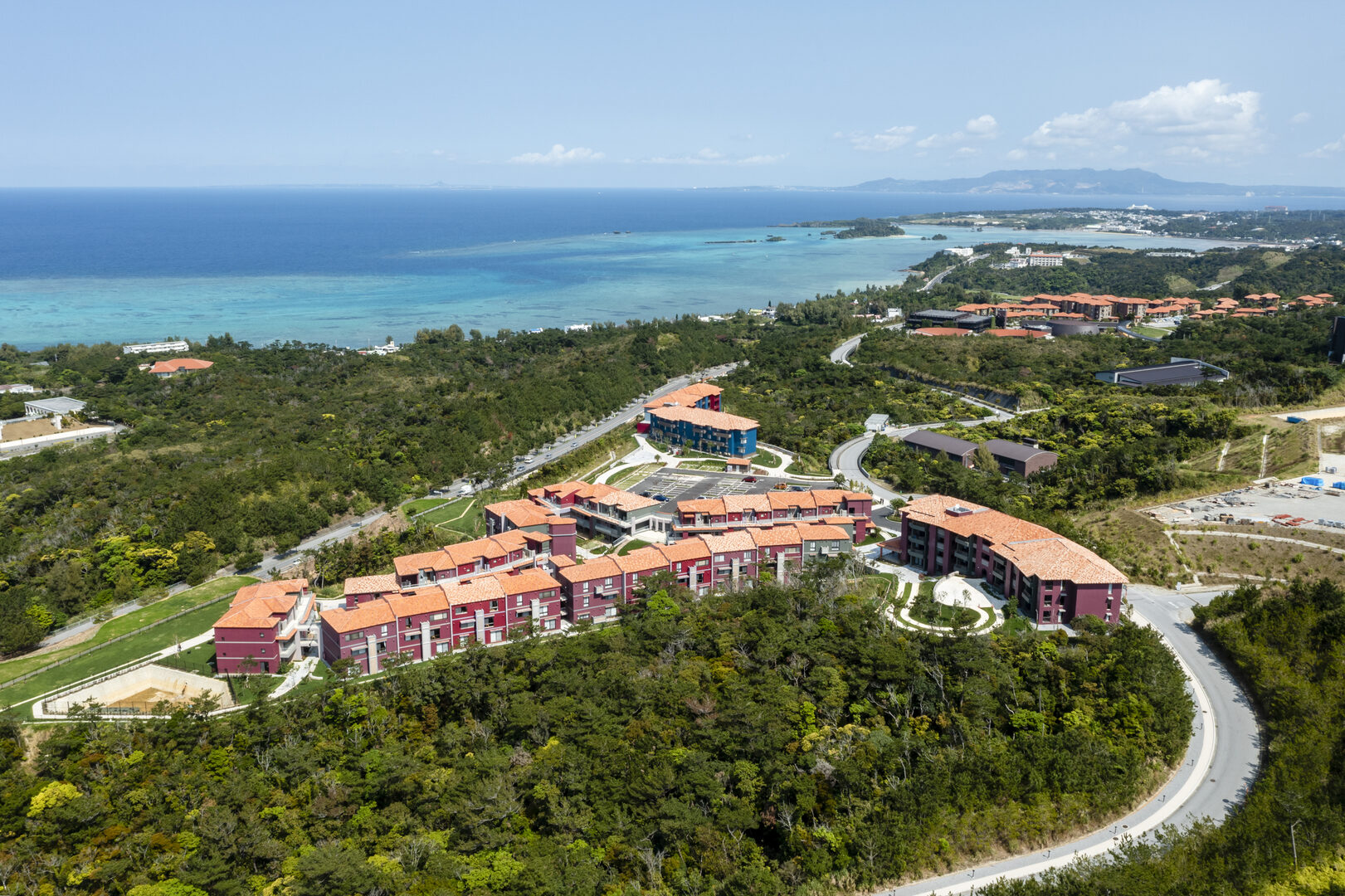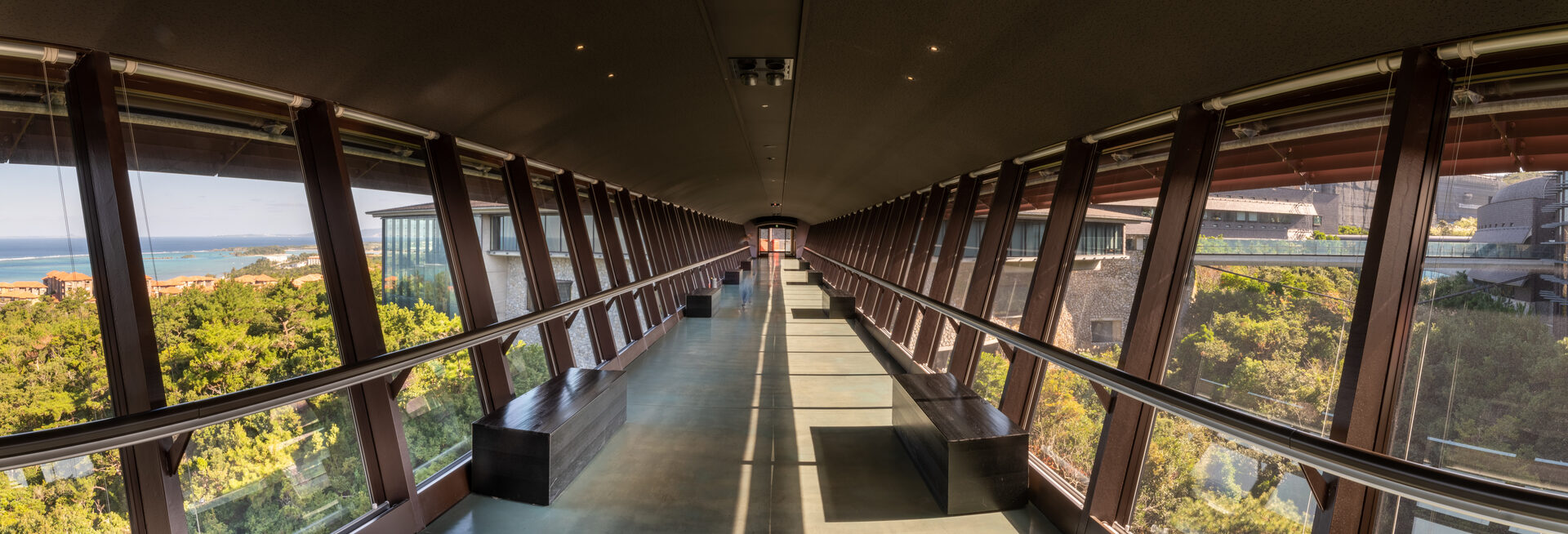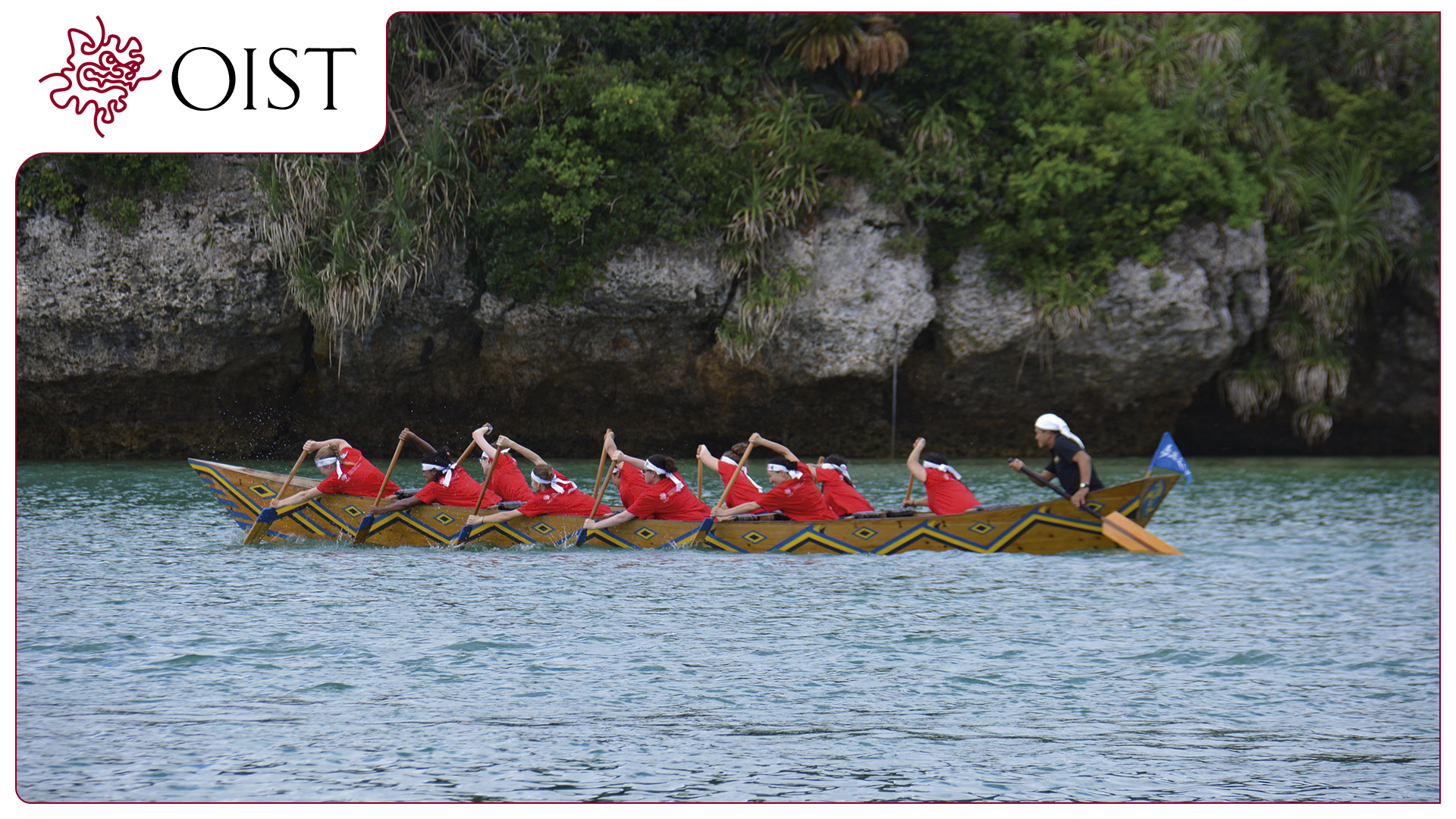Information for Visitors
Podcast about the Visiting Program
The above podcast by DJ Nick Luscombe, OIST Podcaster in Residence, may give you an impression of how life as a visitor at OIST is like, and an overview of the available programs. Nick talks to Dr. Jonas Fischer, who is responsible for organizing the program, and Prof. Simone Pigolotti who was one of the PIs that first started them. Nick also interviews the visiting researchers and asks them about their experiences at OIST.
Life at OIST
For general information, you can visit or contact the resource center, which can provide help and information about living in Okinawa, such as driving, banking, restaurants recommended by the OIST community, and things to do. The resource center can also help you to make restaurant and taxi reservations and provides many other services.
https://groups.oist.jp/resource-center
The following site is a collection of information about OIST, it's faculty and organization.
https://groups.oist.jp/facultypositions/about-oist
If you need to buy some items for your stay the marketplace may have what you need at a fair price, e.g. furniture, bicycles, or a car (requires OIST account to access).
https://tida.oist.jp/marketplace
Green Okinawa is a community effort to be more environmentally friendly in Okinawa. Please take a look at their series of articles if you are interested (e.g. on Beach Cleaning, Coral safe sunscreen, cycling in Okinawa, and many other topics).
Okinawa Climate
The main island of Okinawa, where OIST is located, belongs to a subtropical climate zone. It is warm throughout the year with an annual average temperature of around 23°C. From the end of the rainy season (usually May to mid-June) until October or November it is sunny and warm (around 30°C) on most days with occasional short, heavy rain fall. In winter it is often cloudy and rainy days are common, but so are warm and sunny ones. In the spring the weather changes periodically and gradually gets muggy toward the rainy season.
Typhoon season is in the summer, mostly in August and September. These tropical cyclones can bring very heavy rain and strong winds and sometimes interrupt flight schedules (flights may get cancelled at wind speeds over 30 knots=34mph=64km/h=33m/s). Please be prepared and have some food and water stored in case of emergency (power outages do occur, e.g. during the last big typhoon in 2018).
Detailed information: https://www.data.jma.go.jp/gmd/cpd/longfcst/en/tourist/file/Okinawa.html
Onna village Warnings and Advisories: https://www.jma.go.jp/bosai/warning/#area_type=class20s&area_code=4731100&lang=en
The nearby Kadena airbase also has reliable weather forecast and typhoon warnings: https://www.kadena.af.mil/Agencies/Local-Weather/
TCCOR (Tropical Cyclone Condition of Readiness) 4/3/2/1 = Destructive winds of over 50 knots expected within the next 72/48/24/12 hours
Housing
All visitors participating in the TSVP will be provided with free, fully furnished housing. The program has shared rooms, 2-bedroom, and 3-bedroom apartments. The shared rooms are intended for 2 visitors with independent (locked) bedrooms and bathrooms, but a shared kitchen / dining area. The 2- and 3- bedroom apartments are intended for visitors who bring their partner and / or family. Please check here for details about check-in procedures. Note: Unfortunately OIST can not cover any of the additional costs incurred by family (e.g. travel or larger housing) but we can support you in other ways.

Gardens apartments at night

Aerial view of the Gardens ©SS.inc
Electricity/Outlets
The voltage in Japan is 100 Volt, which is different from North America (120V), Central Europe (230V) and most other regions of the world. Japanese electrical plugs and outlets resemble North American ones. See this link for more information (external): https://www.japan-guide.com/e/e2225.html
Shopping
A list of shops and restaurants on campus can be found here:
https://www.oist.jp/visitors-center-shops-restaurants
The Cafeteria is mainly only open for lunch and sells leftovers as boxed dinners in the afternoon. The café is open later but does not sell hot meals).
An on-campus convenience store called “AEON” (formerly Jimmy’s) is located in the Village Center (near the tunnel main entrance and gym) and offers a variety of foods and daily necessities, open: Monday through Sunday, 8am-8pm.
In addition, several food vendors come to OIST on weekdays to sell baked goods, lunch boxes (Japanese: bento), or fruits and vegetables: https://groups.oist.jp/csd/food-vendors
This website by the resource center on shopping in Okinawa might be useful:
https://groups.oist.jp/resource-center/grocery-shopping-okinawa
it includes information on online grocery shopping, halal food, soy sauce, miso paste and other topics.
The following is an extensive list of types of shops and their location in Okinawa compiled by the OIST Resource Center:
https://groups.oist.jp/resource-center/shopping-1
Outside of Onna village, which has a limited number of small shops and restaurants, the closest town for shopping is Ishikawa. In the Tabata/Akasaki area, which is about 15min by car or shuttle bus from OIST, you can find: Local Produce at Tabata, San-A Supermarket, Home Center Tabata, and a small Electronics Shop (also Tabata).
Money/ATM
There is an ATM on campus (at the AEON convenience store) that accepts most international credit cards. So do most ATMs at convenience stores and the Japan Post office. However, often ATMs at banks will not accept cards from other banks.
While most restaurants and shops have started to accept credit cards in recent years, some still do not so it is recommended to have some cash with you. If you plan to use public buses in Okinawa you will need coins or 1000 JPY bills to pay for the fare.
It is fairly easy to open a (free) bank account in Okinawa, so it is recommended for stays of more than a few weeks in order to avoid exchange and transfer fees.
Traveling in Okinawa
If you are looking for information about sights and attractions on the main island of Okinawa, including access via public transport, a good option is japan-guide.com:
https://www.japan-guide.com/e/e7101.html
Good starting points when looking to see what Okinawa has to offer beyond the stimulating scientific discussion are this Japan Wireless article and VisitOkinawa.com.
The following marine safety map combines reports about dangerous locations with information about beach facilities and daily weather/wave/tide information:
Some smaller islands, like the Keramas, can easily be reached via ferry for a weekend trip. Many researchers at OIST enjoy outdoor activities like diving, hiking, snorkeling, or surfing so be sure to ask around if you are interested.
Further recommendations can be found here (only accessible on campus / with OIST account).
Learning Japanese
Some visitors are interested in learning Japanese while they are at OIST. Courses on campus are available for TSVP visitors too, especially if you arrive around the start of a new semester.
https://groups.oist.jp/csd/language-section
https://groups.oist.jp/csd/japanese-course-schedule
Further Information
Also check the links in the menu on the left for information about visa, rental cars, SIM cards for internet use, etc.
Welcome Package
Shortly before your arrival we will send you our "welcome package" via email. It contains campus maps, shuttle bus schedules, and other useful information. You can also download the files from the links at the bottom of the On-Campus Housing subpage.





